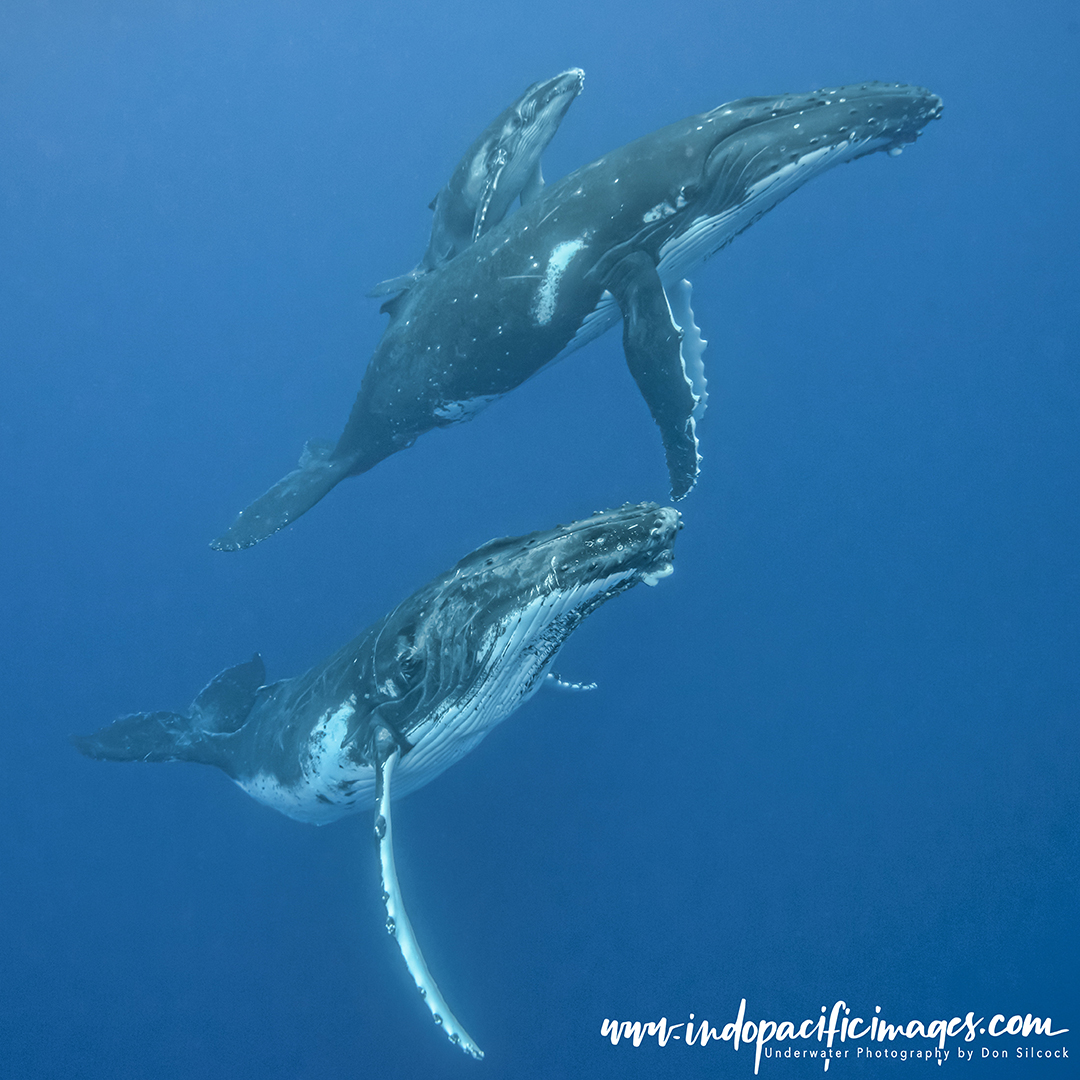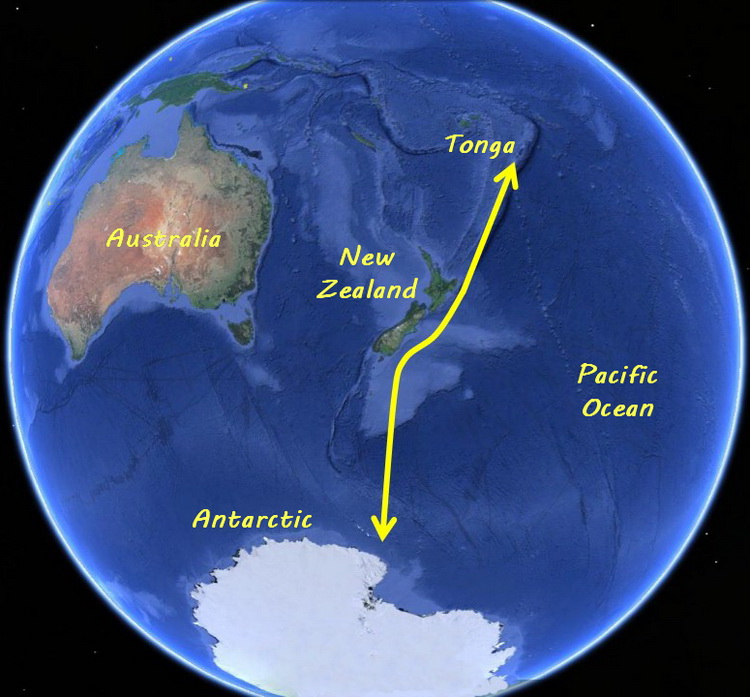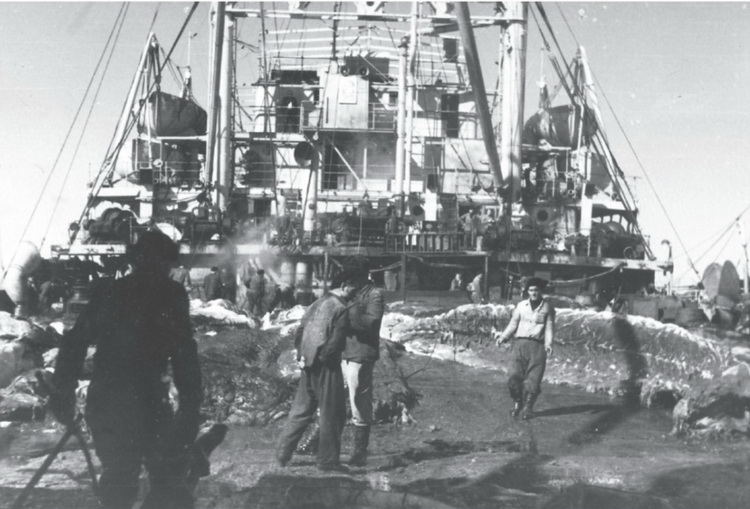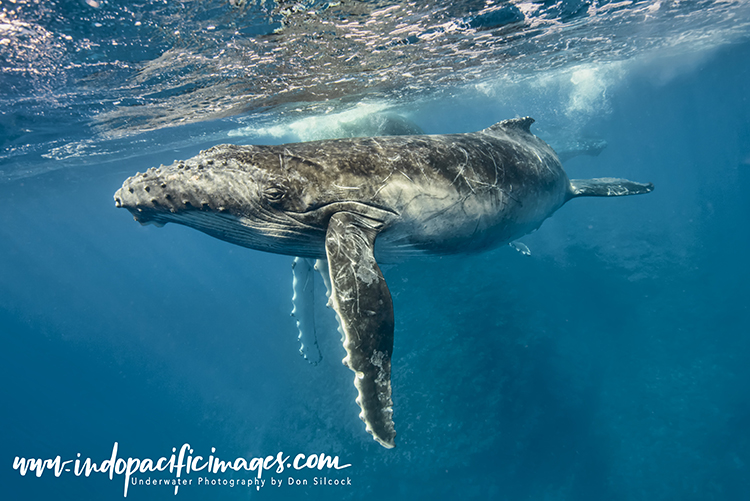The Tongan Tribe of Humpback Whales… Every year, as the cooler winter months come to the South Pacific. The waters of the island nation of Tonga play host to hundreds of Megaptera novaeangliae. The humpback whale – one of the largest creatures on the planet.
The whales arrive in Tonga after a journey of over 6,000 kms. Which takes them from the waters of the Antarctic, up past the east coast of New Zealand. And along the sub-sea volcanic arch that forms the bedrock for the 170 plus islands of the Tongan archipelago.

The annual migration takes the whales from their rich summer feeding grounds in the Antarctic. To their winter breeding grounds in the Tongan archipelago. It is one of the largest and longest animal movements in the world. Similar annual migrations occur with virtually all of the known humpback populations – in both the northern and southern hemispheres.
It is in many ways a perfect illustration of a highly tuned evolutionary mechanism. Basically nature at its very best!
The Tongan Tribe of Humpback Whales

The whales of Tonga are one of the six main humpback populations in the southern Pacific.
They are referred to as the “Tongan Tribe” and they were among the last whales to be hunted. But they also had the fewest survivors from the devastating large scale commercial whaling that occurred after World War II.
They are also the least studied, so not as much is known about them. But it seems clear that they have been the slowest to recover after commercial whaling was finally banned.
Data from the New Zealand whaling industry shows that between 1911 and 1963 around 4,000 humpbacks were taken by the coastal whaling stations there. But the biggest damage was in the Antarctic feeding grounds. Where a horrendous total of 48,000 whales were taken illegally by the former Soviet Union in the 1950s. With many thousands of those believed to have been from the “Tongan Tribe”.

By 1964 the number of humpbacks in the Tonga population was estimated to have fallen dramatically. Down from a pre-whaling peak of about 10,000, to less than 250. A decline that triggered the end of the New Zealand whaling industry.
The Tongan Tribe and “Subsistence Whaling”
Traditional whaling, or as the International Whaling Commission calls it, “Aboriginal Subsistence Whaling”. Is where communities have a proven cultural and subsistence need to hunt and kill whales. But… doing it as they always have – using traditional low-tech means.
Small-scale, semi-traditional, whaling had been practiced in Tonga since the 19th century. With minimal impact when the overall population of the Tongan Tribe was in the thousands.

But as the full impact of commercial whaling and, in particular the illegal wholesale slaughter carried out by the Soviet Union, decimated the humpback populations of the South Pacific. It became a key critical factor in the very survival of the Tongan population.
The Tongan whalers used large canoes and handheld harpoons to hunt humpbacks. And their only way to harvest the meat, oil and bones of the captured whale was to tow it back to shore.
Practically this meant that the only whales they stood a chance of killing were the small 2-3 ton calves. Because if a large humpback was harpooned, the hunters would be the ones being towed – probably far out to sea!

Hunting the calves had a disproportionate impact on the already critically small numbers of the Tongan humpback population. A situation that was tacitly acknowledged when the King of Tonga formally banned whaling completely in 1978.
Given the subsequent development of whale-watching and whale-swim tourism in Tonga in the last 15 years or so. And the partial rebound in the Tongan humpback population. There is little doubt that decision was a very wise and far-sighted one!
How many Humpback Whales of Tonga are there?
The exact number of the Tongan tribe of humpback whales is not known. But the best estimate appears to be about 1000. One tenth of what it was and exactly why there is on-going concern when other populations in Australia, for example, have bounced back!
However it’s still four-fold increase from the low of 250 which clearly threatened the very survival of the humpback whales of Tonga.
Not all those whales take place in the annual migration to Tonga however. Many females may rest there when they are not pregnant, or not ready to mate again. And it is estimated that about 700 humpbacks currently make the journey.
Back To: The Complete Guide to the Humpbacks of Tonga
